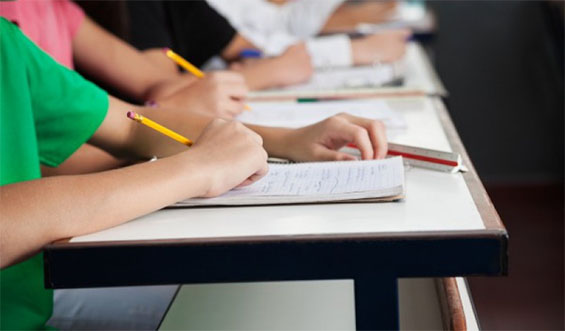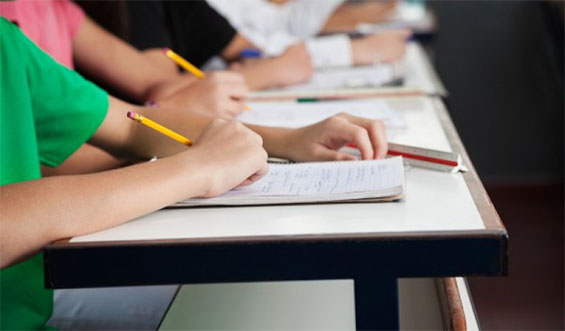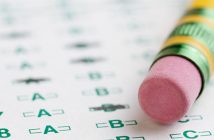
A recently-released report has found Massachusetts schools to be the best in the nation, although they still could boost their support of low-income students.
Education Week’s annual report, Quality Counts, put Massachusetts at the top of the list because the state has the highest reading and math scores in the nation for fourth and eighth-graders, has a high post-secondary degree attainment rate, and increasing AP test scores. The state received a score of 86.8, or a B+ rating. Massachusetts has held the top spot since the index began in 2008.
Other states in the top five include New Jersey, Vermont, Maryland, and Connecticut. Meanwhile, Nevada came in last with a D rating.
Massachusetts came in first in two out of the three categories considered by Education Week in its rankings: students’ chance of success, which includes everything from family income to academic achievements, and K-12 achievement levels. Scores were lower in the third category, school finances, due to the large difference between wealthy and in-need districts.
The report found fourth and eighth-grade test scores in the state to have increased at a higher rate than the national average since 2003 in all areas but eighth-grade reading scores. While those scores are still improving, they are doing so at a rate that is slower than the national average, writes Peter Balonon-Rosen for Learning Lab.
Despite the success Massachusetts has found in the rankings, the report does show that one of the highest poverty-based school achievement gaps in the entire country exists there. Although the average student in the state scores highly, those considered to be low-income do not typically test as highly as their more affluent peers.
The poverty-based achievement gap increased to over 25 points in reading and 30 points in math in 2015 for eighth-grade students in Massachusetts, a higher difference than was found in 2003.
Rosann Tung, director of research and policy for the Annenberg Institute for School Reform, said that the gap is the product of opportunity gaps, which typically have to do with race and class.
School spending in the state was also found to show large gaps. Although the average per-student spending in the state is around $15,000, a closer look finds a wide range in that spending. Six districts were found to spend over $25,000 per student, while seven others spend less than $11,000. According to the report, there are only eight other states that show a larger disparity.
However, the new Every Student Succeeds Act could Massachusetts the opportunity to take more control over its future success. Massachusetts will decide how to intervene with low-performing schools, as well as how to offer additional support to historically overlooked students, including low-income and minority students.
The United States as a whole received a C, or 74.4.
Massachusetts Tops State Education Rankings Once Again
0
Share.




